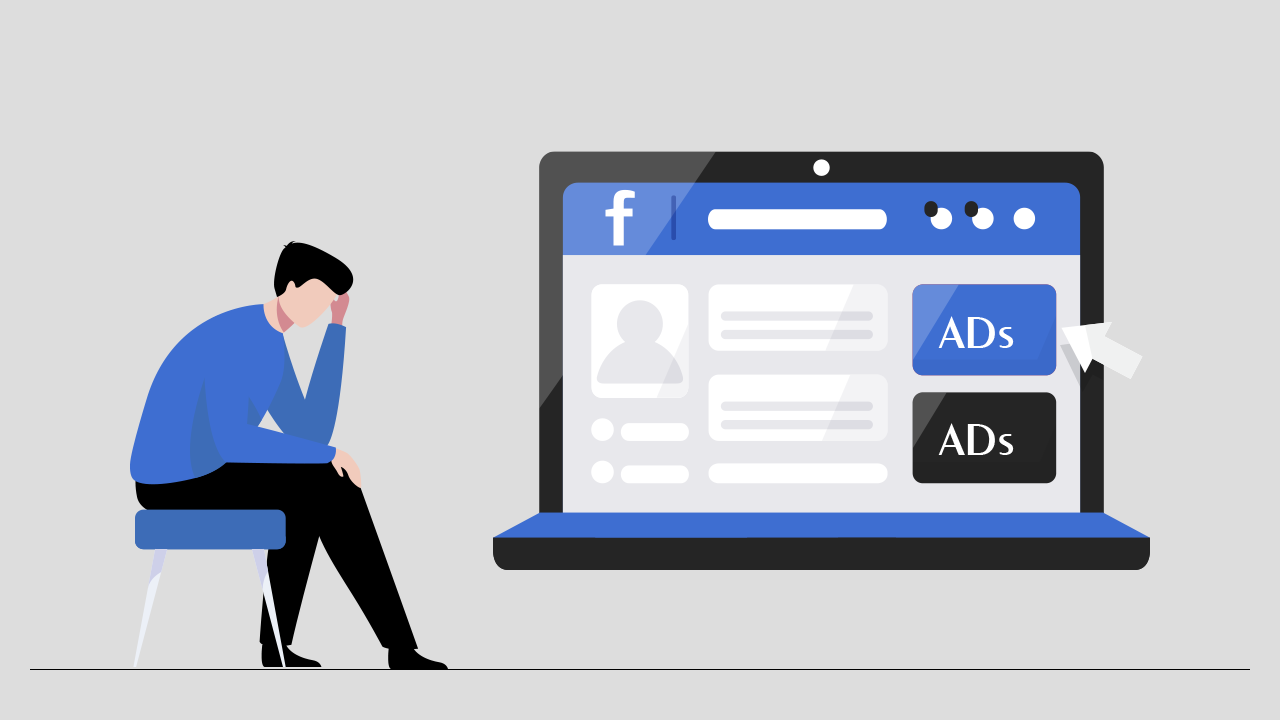What are HELOCs and Why Use Them?
A Home Equity Line of Credit, or HELOC, is a loan that lets you borrow money against the equity you’ve built in your home. Equity is the difference between your home’s current market value and the amount you still owe on your mortgage. HELOCs are revolving credit lines, similar to credit cards, meaning you can borrow and repay funds as needed, up to your approved credit limit. They’re often used for home improvements, debt consolidation, or unexpected expenses, offering flexibility compared to a traditional home equity loan. Understanding the interest rates involved is crucial before you take the plunge.
Understanding HELOC Interest Rates: The Basics
HELOC interest rates are variable, meaning they fluctuate based on an index rate, such as the prime rate or the London Interbank Offered Rate (LIBOR), plus a margin set by the lender. This means your monthly payments can change over the life of the loan. The index rate changes periodically, usually monthly, which directly impacts your interest rate and payment amount. The margin is a fixed percentage added to the index rate and reflects the lender’s risk assessment. A higher credit score typically qualifies you for a lower margin.
Current Market Influences on HELOC Rates
Current economic conditions heavily influence HELOC interest rates. Factors like inflation, the Federal Reserve’s monetary policy, and overall economic growth all play a role. When interest rates rise, so do HELOC rates. Conversely, when interest rates fall, HELOC rates generally follow suit. Staying informed about economic trends can help you anticipate potential rate changes and plan accordingly. Tracking the prime rate, a commonly used benchmark, is a good starting point.
The Draw Period and Repayment Period
HELOCs typically have two distinct periods: the draw period and the repayment period. During the draw period, usually 10 years, you can borrow money as needed. Interest rates during this time are variable and based on the index rate and margin. Once the draw period ends, the repayment period begins, usually 10 years. This is when you must repay the outstanding balance according to a fixed repayment schedule. Interest rates during the repayment period might be fixed or variable depending on the terms of your loan agreement. Understanding these periods is vital for managing your finances and avoiding potential late payment fees.
Factors Affecting Your Personal HELOC Rate
Your individual creditworthiness significantly impacts your HELOC interest rate. Lenders assess your credit score, debt-to-income ratio, and overall financial history to determine your risk. A higher credit score typically leads to a lower interest rate and more favorable terms. Additionally, the amount of equity you have in your home influences the rate. A larger equity position suggests a lower risk for the lender, potentially resulting in a better rate. Your loan amount and loan-to-value ratio also play a role.
Comparing HELOC Offers from Different Lenders
It’s crucial to shop around and compare offers from multiple lenders before choosing a HELOC. Don’t solely focus on the initial interest rate; consider the overall cost of the loan, including fees, closing costs, and the potential for future rate increases. Some lenders may offer lower initial rates but higher fees, so a thorough comparison is essential. Pay attention to the terms and conditions of each offer, including the draw period length, repayment period, and any prepayment penalties. Read the fine print carefully before signing any documents.
Understanding APR and Annual Fees
The Annual Percentage Rate (APR) reflects the total cost of borrowing, including interest and fees, expressed as a yearly percentage. This is a key figure to compare across different lenders. Additionally, be aware of any annual fees or other charges associated with your HELOC. These can significantly impact the overall cost of borrowing, so factoring them into your comparison is vital. Some lenders may waive annual fees for a limited time as a promotional offer, but this isn’t always the case.
Monitoring Your HELOC Interest Rate and Payments
Once you have a HELOC, regularly monitor your interest rate and payments. Keep an eye on the index rate to anticipate potential changes. Contact your lender if you have questions about your account or notice any discrepancies. Budgeting accordingly for potential rate increases will help you avoid financial difficulties. Staying proactive and informed will ensure you manage your HELOC effectively. Please click here to learn about HELOC interest rate trends.











